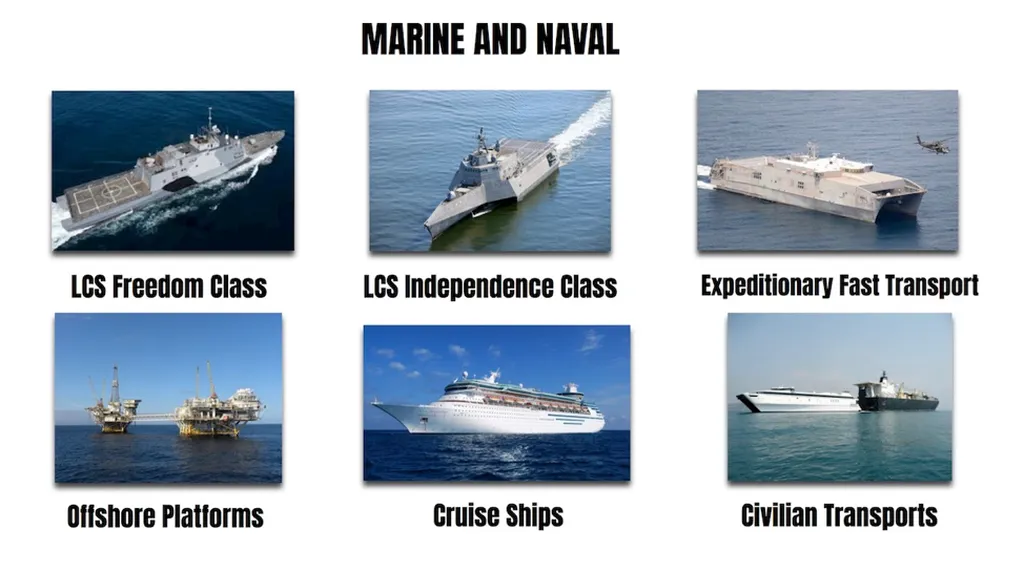In a breakthrough that could reshape the maritime industry, researchers have successfully welded dissimilar metals copper and aluminum using a technique called friction stir lap welding. The study, led by Li Liu from the School of Intelligent Manufacturing at Guangzhou Maritime University, was recently published in the journal “Hanjie xuebao,” which translates to “Welding Science and Technology.”
So, what’s the big deal? Well, copper and aluminum are like oil and water in the metal world—they don’t mix easily. But this new method could change that. By placing copper on top and aluminum on the bottom, the team achieved a smooth, high-quality weld. The key here is the “hook-like self-locking” structure formed at the interface, which increases the contact area and strengthens the bond. As Liu explains, “The copper-aluminum interface has good bonding without obvious defects, and a ‘hook-like self-locking’ structure is formed at the Cu/Al interface, which increases the effective contact area between copper and aluminum and improves the interfacial strength.”
This isn’t just about making pretty welds. The implications for maritime applications are substantial. Copper and aluminum are both widely used in shipbuilding and offshore structures, but their dissimilarity has posed challenges. This new welding technique could lead to lighter, more efficient vessels and structures, as well as reduced maintenance costs. Imagine ships with hulls that are easier to repair and maintain, or offshore platforms that are more resistant to corrosion. The possibilities are vast.
The study also found that the weld’s microhardness and tensile strength are promising. The maximum tensile load of the Cu/Al lap joint was approximately 1.68 kN, with a tensile strength of about 30.5 MPa. This means the weld can withstand significant stress, which is crucial for maritime applications where structures are constantly battling the elements.
Moreover, the technique could open up new opportunities for innovation in the maritime sector. From designing new types of vessels to improving existing ones, the ability to weld copper and aluminum effectively could be a game-changer. It’s not just about the metals themselves, but what they can enable in terms of design and functionality.
In the words of the researchers, “High-quality joining of Cu/Al dissimilar metals is achieved by adopting the configuration with copper on the upper layer and aluminum alloy on the lower layer.” This achievement could very well be the wave of the future in maritime engineering.
As the maritime industry continues to evolve, the need for innovative solutions like this one becomes ever more critical. The study published in “Hanjie xuebao” is a testament to the power of research and development in driving progress. It’s a reminder that even the smallest breakthroughs can have a significant impact on the world of maritime engineering.
So, while it might not be the most glamorous of topics, the successful welding of copper and aluminum could very well be the unsung hero of the maritime industry’s future. And that, dear readers, is something worth celebrating.

